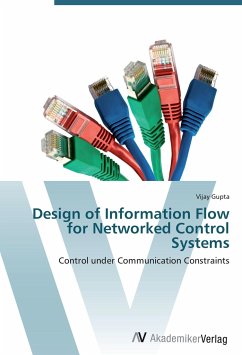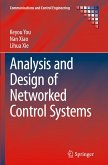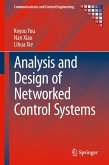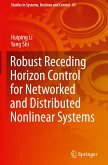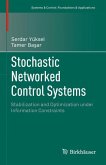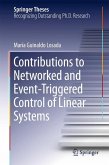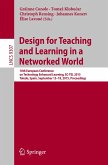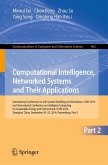Revision with unchanged content. Rapid advances in information processing, communication and sensing technologies have enabled more and more devices to be provided with embedded processors, networking capabilities and sensors. For the field of estimation and control, it is now possible to consider an architecture in which many simple components communicate and cooperate to achieve a joint team goal. This distributed architecture promises much in terms of performance, reliability and simplicity of design. However, at the same time, it requires extending the traditional theories of control, communication and computation and, in fact, looking at a unified picture of the three fields. The chief idea explored in this book is the joint design of information flow and the control law. While traditional control design has concentrated on calculating the optimal control input by assuming a particular information flow between the components, our approach seeks to synthesize the optimal information flow along with the optimal control law that satisfies the constraints of the information flow. As we demonstrate in the book, the joint design of information flow and the optimal control input satisfying the constraints of that information flow yields large improvements in performance over simply trying to fit traditional design theories on distributed systems.
Hinweis: Dieser Artikel kann nur an eine deutsche Lieferadresse ausgeliefert werden.
Hinweis: Dieser Artikel kann nur an eine deutsche Lieferadresse ausgeliefert werden.

